For Nature, Lynne Peeples spoke to the people behind many of the popular covid dashboards and the lessons learned:
Among the shared themes for the dashboards were simplicity and clarity. Whether you are producing visuals and analytical tools for policymakers or for the public, Blauer says, the same rules of thumb apply. “Don’t overcomplicate your visualization, make the conclusions as clear as possible, and speak in the most basic of plain-language terms,” she says.
Yet, as other data scientists point out, presenting data simply might not be enough to ensure viewers get the message. For one thing, attention to detail matters. Ritchie recalls how she and her team spent hours focused on the titles and subtitles of charts, “because that is ultimately what most people will look at”. And in those titles and subtitles, the analysts made sure to specify ‘confirmed’ deaths or ‘confirmed’ cases. “An emphasis on ‘confirmed’ is really important because we know that it’s an underestimate of the total,” says Ritchie. “It might seem very basic, but it’s really crucial to how you understand the data and the scale of the pandemic.”

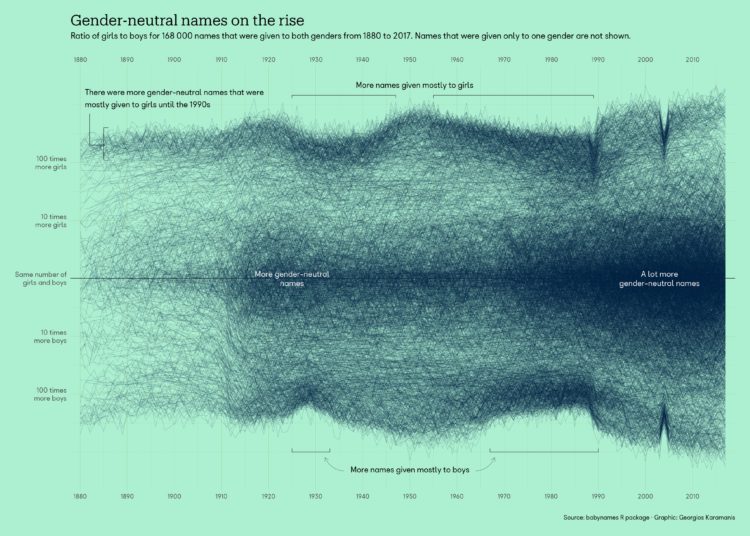
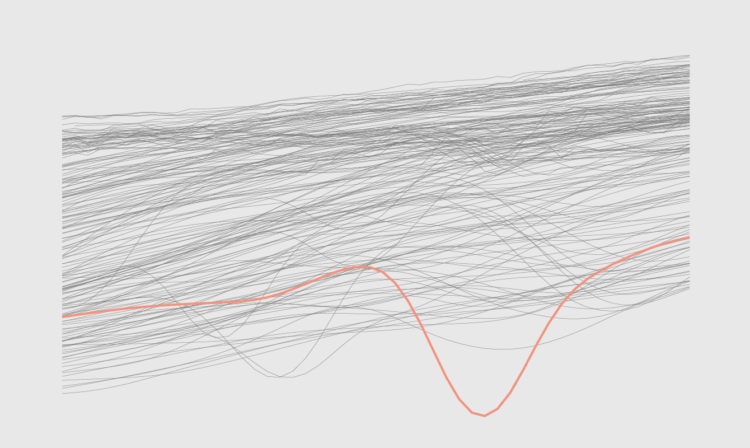
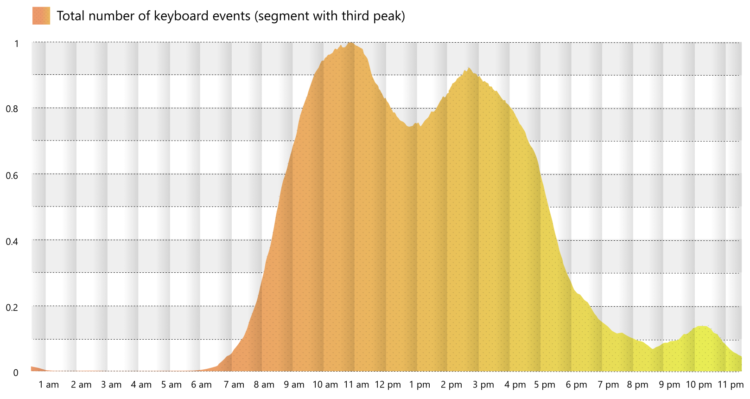

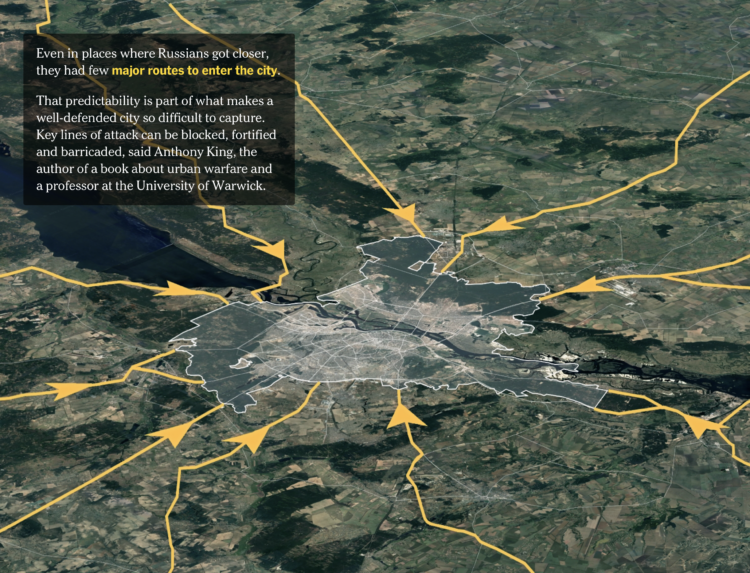
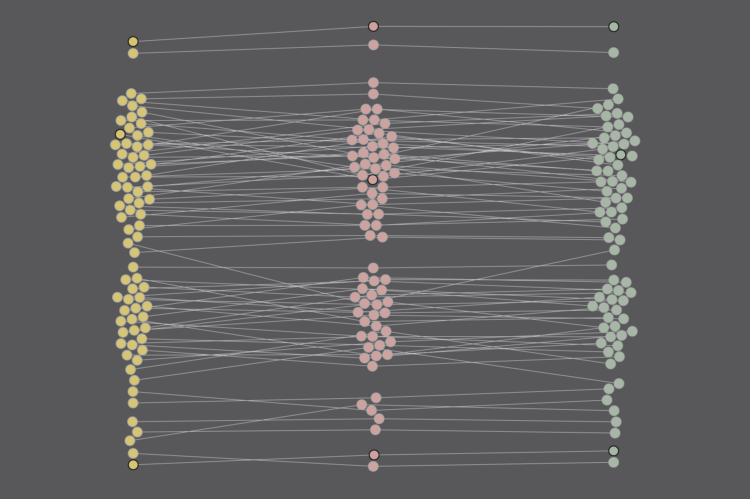

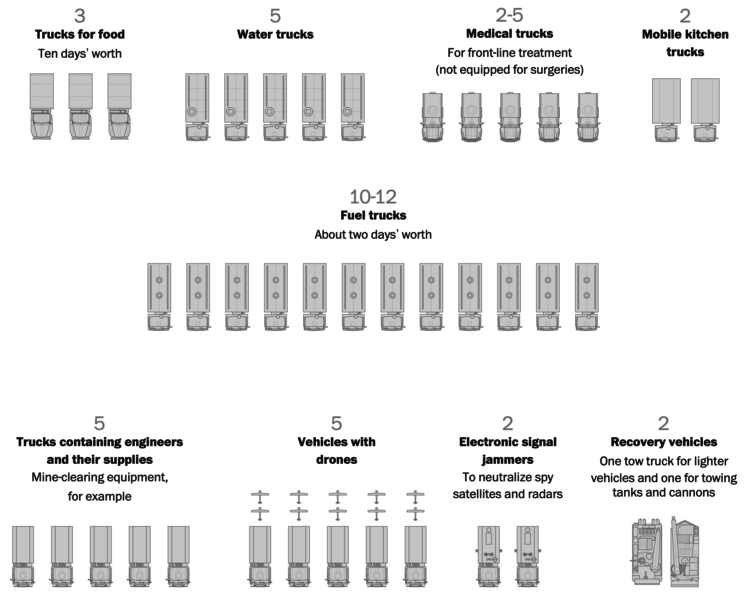

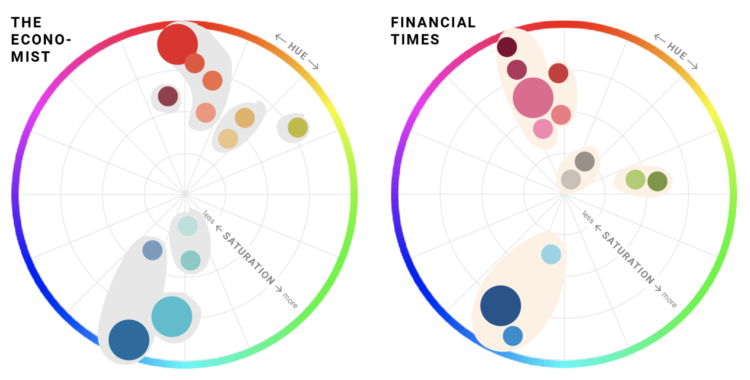
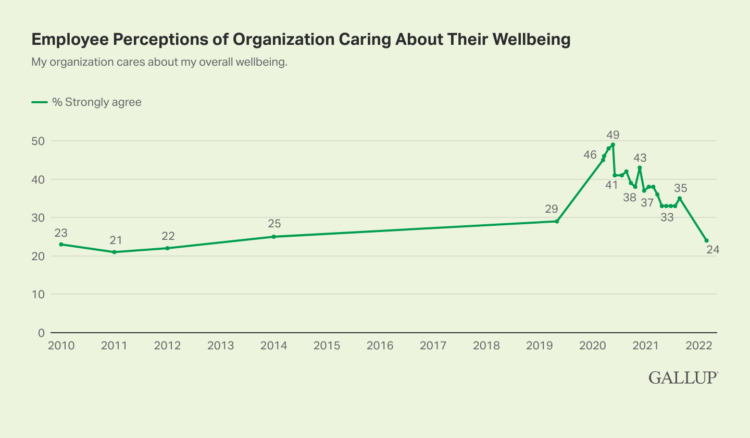
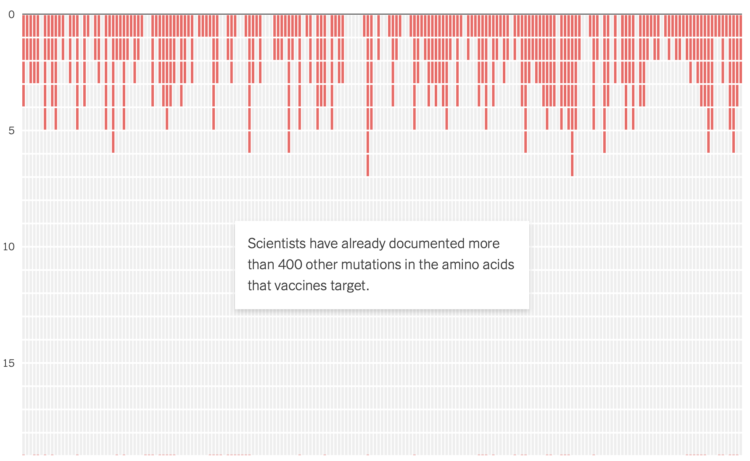
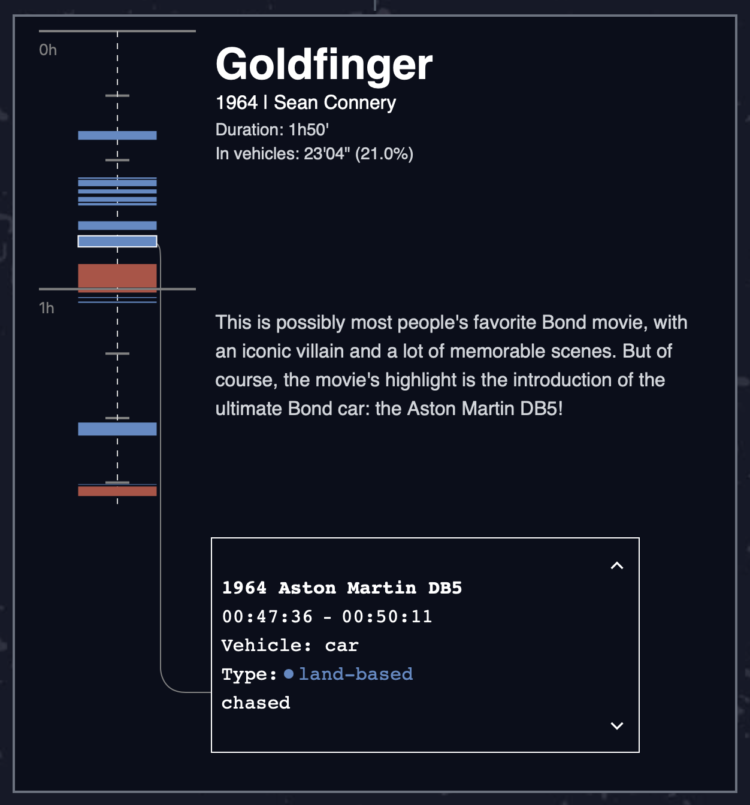
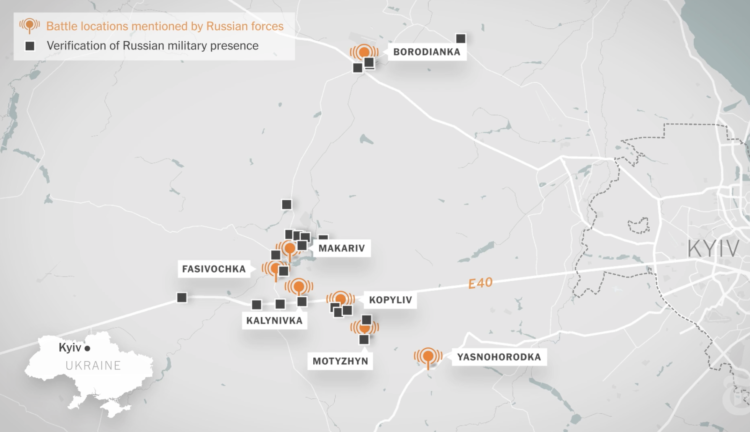
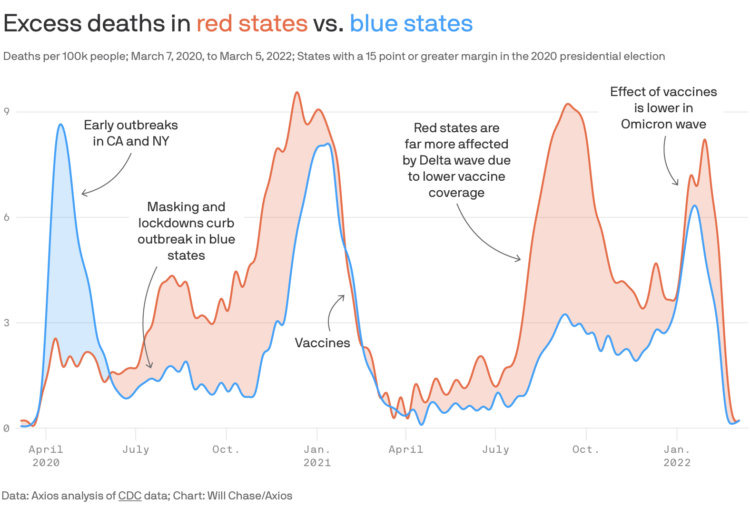
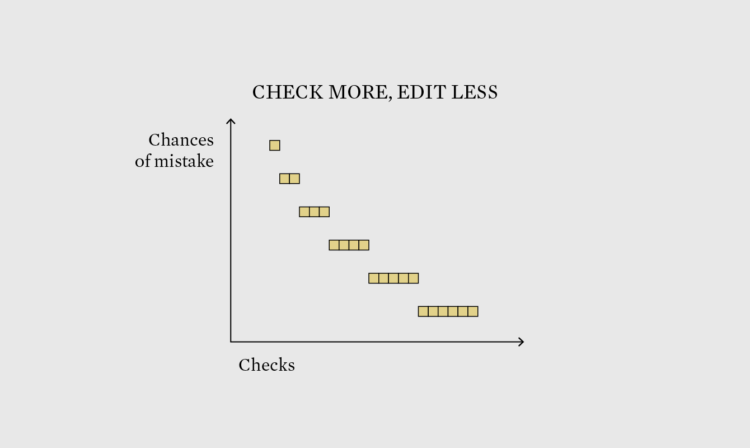

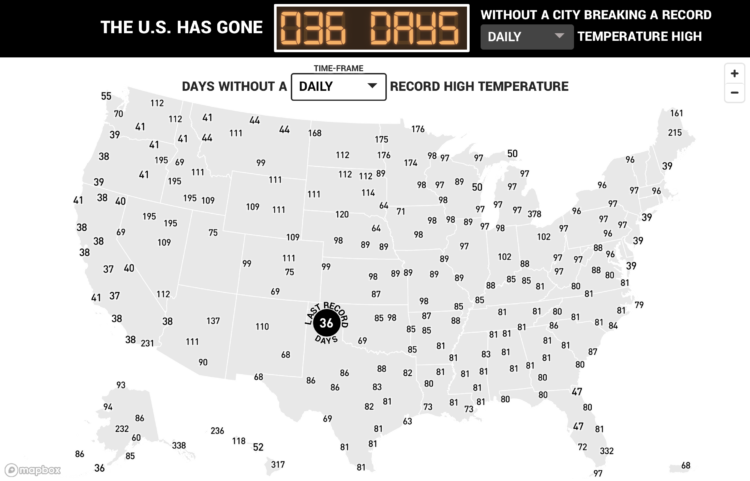










 Visualize This: The FlowingData Guide to Design, Visualization, and Statistics
Visualize This: The FlowingData Guide to Design, Visualization, and Statistics
